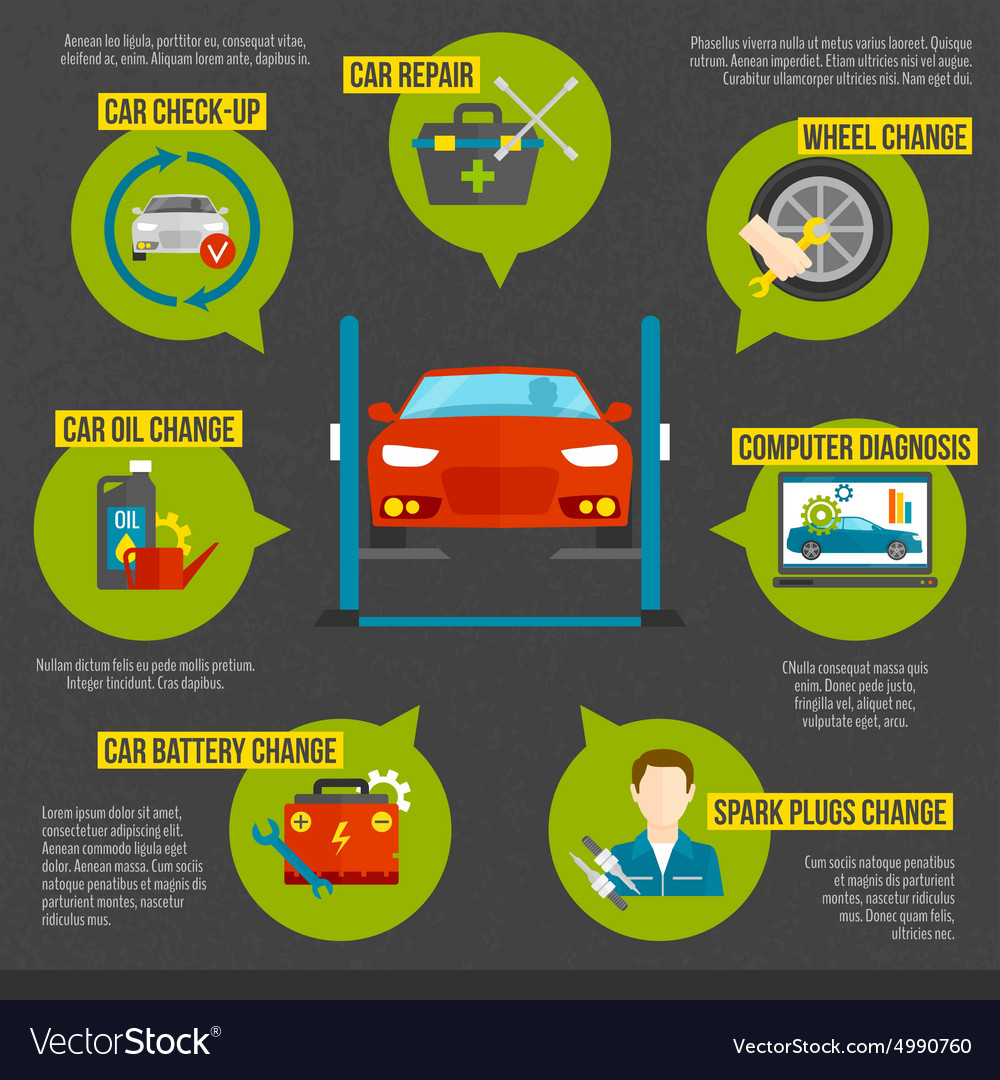An Introductory Guide To Decoding Your Vehicle'S Warning Indicators
An Introductory Guide To Decoding Your Vehicle'S Warning Indicators
Blog Article
Produced By-Almeida Park
When you lag the wheel, those little warning lights on your vehicle's control panel can be fairly puzzling. What do they imply, and should you be concerned? Recognizing these signals is critical for your vehicle's health, however it does not need to be an overwhelming job. By translating the mystery behind each light, you'll be geared up to deal with prospective concerns successfully and keep your vehicle running efficiently. So, next time a caution light flashes, don't panic - arm yourself with knowledge and take control of the circumstance.
Value of Car Warning Lights
Recognizing the importance of your auto's warning lights is critical for maintaining your automobile's health and safety. These lights work as your automobile's communication system, notifying you to potential concerns that could threaten your safety when traveling or bring about costly repair services if ignored. By taking notice of these warnings, you can attend to problems early and avoid more damage to your lorry.
Neglecting warning lights can lead to significant repercussions, such as engine failure, brake breakdowns, or perhaps mishaps. These lights are designed to notify you of issues varying from low tire pressure to engine breakdowns, offering you the chance to act before the scenario aggravates. Regularly examining and understanding these warnings can save you time, money, and guarantee your safety and security while driving.
In addition to maintaining you secure, responding promptly to cautioning lights can additionally assist prolong the life-span of your car. By addressing problems early, you can avoid small problems from rising right into significant repair services, inevitably saving you time and money in the long run. Remember, your automobile's caution lights are there for a reason - don't neglect them!
Common Caution Lighting and Meanings
When it comes to driving your auto, understanding typical caution lights and their definitions is essential for your safety and automobile maintenance. Right here are a few typical caution lights you might encounter:
1. ** Inspect Engine Light **: This light indicates an issue with your engine. https://www.repairerdrivennews.com/2021/10/22/oeconnection-acquires-verifacts-automotive/ could be something minor like a loose gas cap or something more significant like engine misfiring.
2. ** Battery Light **: This light signals a problem with your cars and truck's charging system. It can indicate a faulty battery, generator, or other relevant components.
3. ** Oil Stress Light **: When this light comes on, it implies your engine may be running low on oil or experiencing reduced oil stress, which can bring about engine damage otherwise addressed immediately.
4. ** Brake System Light **: This light shows a concern with your stopping system. It could suggest reduced brake liquid degrees or a trouble with the brake system that calls for immediate attention.
Understanding these usual caution lights will certainly assist you determine prospective concerns at an early stage and prevent more significant problems down the road.
How to Respond to Warning Lighting
On the occasion that a warning light illuminates on your vehicle's dashboard, it's critical to react promptly and appropriately. When a warning light comes on, the very first step is to consult your proprietor's manual to understand the specific problem suggested by the light.
Some lights require instant interest, while others might show a less urgent matter. If the caution light is red or blinking, it's usually an indication of a serious problem that needs immediate action. In such instances, it's suggested to pull over securely, turn off the engine, and seek specialist help.
For yellow or orange caution lights, while they may not require immediate interest, it's still essential to deal with the hidden issue without delay to prevent additional damages. Normal maintenance and inspection can help avoid advising lights from coming on suddenly.
Conclusion
In conclusion, recognizing your vehicle's caution lights is crucial for keeping your vehicle's health and wellness. By regularly examining and replying to https://brake-change06173.newbigblog.com/37245255/introducing-the-hidden-jewels-finding-costs-car-fixing-shops-in-your-area , you can deal with prospective issues early and protect against costly repair work or safety and security risks. Bear in mind to consult your owner's manual for details on various warning lights and always take instant action for red or flashing lights. Remain proactive and maintain your car running smoothly!
